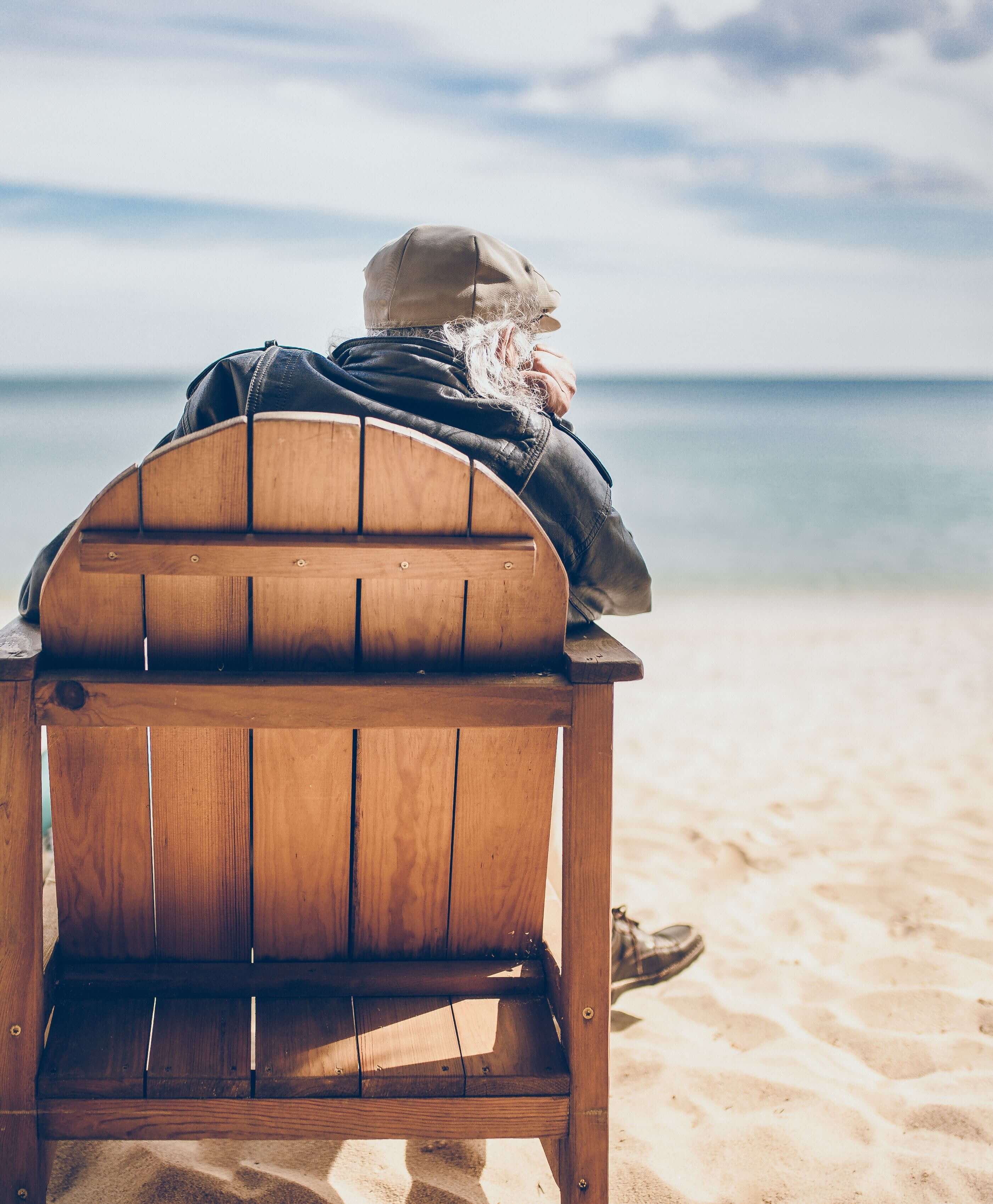Urinary incontinence in the elderly
Urinary incontinence in the elderly means that the elder accidentally leaks urine. Although it can happen to anyone, urinary incontinence is more common in the elderly, especially women. Urinary incontinence can usually be cured or controlled. Please discuss with your healthcare provider what you can do.
What happened in the body that caused bladder control problems? The body stores urine in the bladder. During urination, the muscles in the bladder tighten and move urine into a tube called the urethra. At the same time, the muscles around the urethra relax, allowing urine to pass out of the body. When the muscles in and around the bladder do not work properly, urine leaks. If the muscles relax without warning, urinary incontinence usually occurs.
Causes of urinary incontinence
There are many reasons for urinary incontinence. For example, urinary tract infection, vaginal infection or irritation, constipation. Some medications can cause bladder control problems of short duration. When urinary incontinence lasts for a long time, it may be due to the following reasons
- Bladder muscle weakness
- Overactive bladder muscles
- Weak pelvic floor muscles
- Diseases such as multiple sclerosis, diabetes or Parkinson's cause damage to the nerves that control the bladder
- Obstruction caused by male prostate hyperplasia
- Diseases such as arthritis may make it difficult to go to the toilet in time
- Pelvic organ prolapse, where pelvic organs (such as the bladder, rectum, or uterus) move from their normal position into the vagina.
When the pelvic organs are out of position, the bladder and urethra cannot work properly, which may cause urine to leak.
Most male urinary incontinence is related to the prostate. Male urinary incontinence may be caused by the following reasons.
-Prostatitis-Painful inflammation of the prostate
-Injury, or nerve or muscle damage caused by surgery
-Enlarged prostate, which may lead to benign prostatic hyperplasia (BPH), which is a condition in which the prostate continues to grow as men age.
Treatment of urinary incontinence
Today, there are more ways to treat urinary incontinence than ever before. The choice of treatment depends on the type of bladder control problem, the severity of the problem, and the lifestyle that best suits you. Generally speaking, the simplest and safest treatment should be tried first.
Bladder control training can help you better control your bladder. Your doctor may suggest that you try the following methods.
- Pelvic muscle exercises (also called Kegel exercises), exercise the muscles you use to stop urination. Making these muscles stronger helps you keep urine in your bladder for longer. Learn more about pelvic floor muscle exercises and how to do these exercises.
- Biofeedback uses sensors to make you aware of signals from your body. This may help you regain control of the bladder and urethral muscles. When learning pelvic muscle exercises, biofeedback may be helpful.
- Regular urination may help you control your bladder. In scheduled urination, you urinate according to a set schedule, such as once an hour. You can slowly extend the time to go to the toilet twice. When timed urination is combined with biofeedback and pelvic muscle exercises, you may find it easier to control urgency and overflow incontinence.
- Lifestyle changes may help solve the problem of urinary incontinence. Losing weight, quitting smoking, saying "no" to alcohol, drinking less caffeine (found in coffee, tea, and many sodas), preventing constipation, and avoiding heavy objects may help solve the problem of urinary incontinence. Choosing water over other drinks and limiting drinks before bedtime may also help.
Urinary incontinence and Alzheimer's disease
People in the late stages of Alzheimer's disease often have problems with urinary incontinence. This may be due to unaware that they need to urinate, forget to go to the toilet, or can't find the toilet. In order to minimize the chance of accidents, nursing staff can.
- Avoid giving your child drinks such as caffeinated coffee, tea, and soda, which may increase urination. But don't limit the water.
- Keep the passage unobstructed, the bathroom is free of debris, and the lights are on at all times.
- Make sure you provide regular restroom breaks.
- Provide underwear that is easy to put on and take off.
- Use absorbent underwear when traveling away from home.
Manage urinary incontinence
In addition to bladder control training, you may want to discuss with your doctor other ways to help control urinary incontinence.
-Medications can help the bladder to empty more fully during urination. Other drugs can tighten muscles and reduce urine leakage.
-Some women find that using estrogen vaginal creams may help relieve stress or urge incontinence. Apply a low-dose estrogen ointment directly to the vaginal wall and urethral tissue.
-The doctor may inject a substance to thicken the area around the urethra to help close the bladder opening. This can reduce stress urinary incontinence in women. This treatment may need to be repeated.
-Some women may be able to use medical equipment, such as a urethral cannula, a small disposable device inserted into the urethra. If you have a problem with a prolapsed bladder or a prolapsed vagina, using a hard ring inserted into the vagina may help prevent urine leakage.
-Nerve stimulation, which sends a gentle current to the nerves around the bladder that help control urination, may be another option.
-If urinary incontinence is caused by a change in the position of the bladder or a blockage caused by an enlarged prostate, surgery can sometimes be improved or cured.
Even after treatment, some people still leak urine from time to time. There are bladder control products and other solutions, including adult diapers, furniture pads, urine deodorant tablets and special skin cleansers, which may reduce the problem of urine leakage.
Please visit the National Institute of Diabetes and Digestive Tract and Kidney Diseases to learn more about male urinary incontinence and female urinary incontinence.
